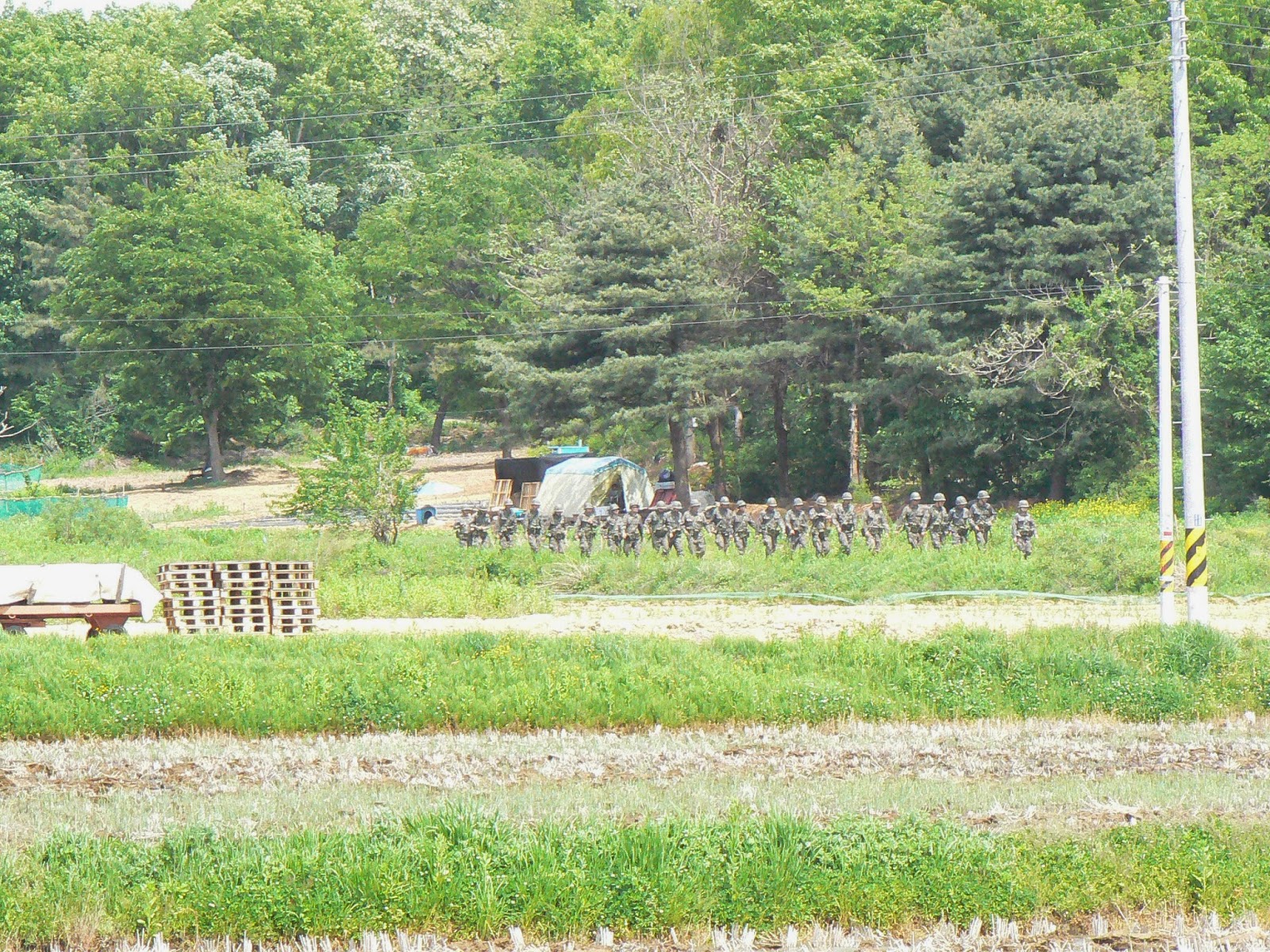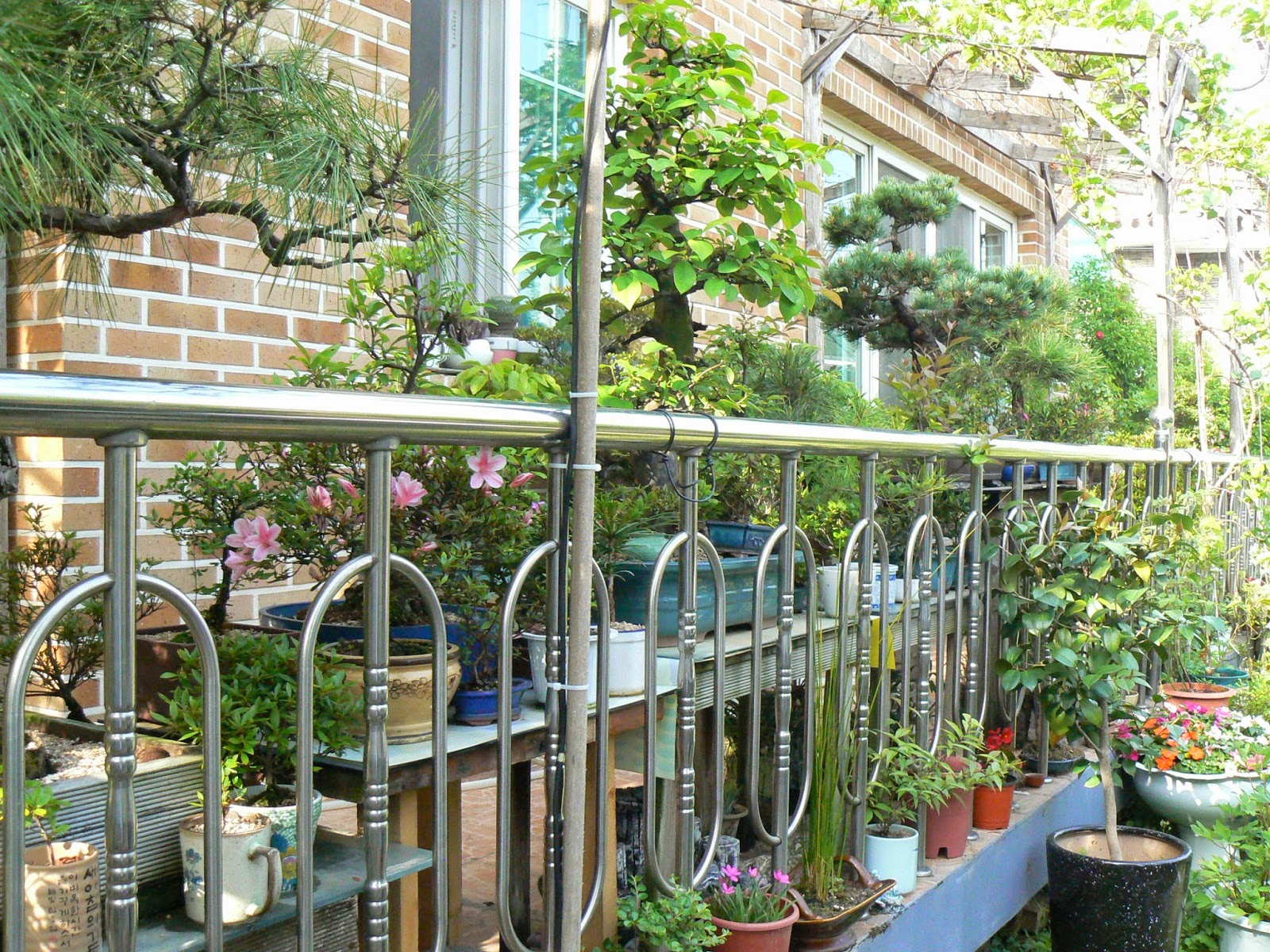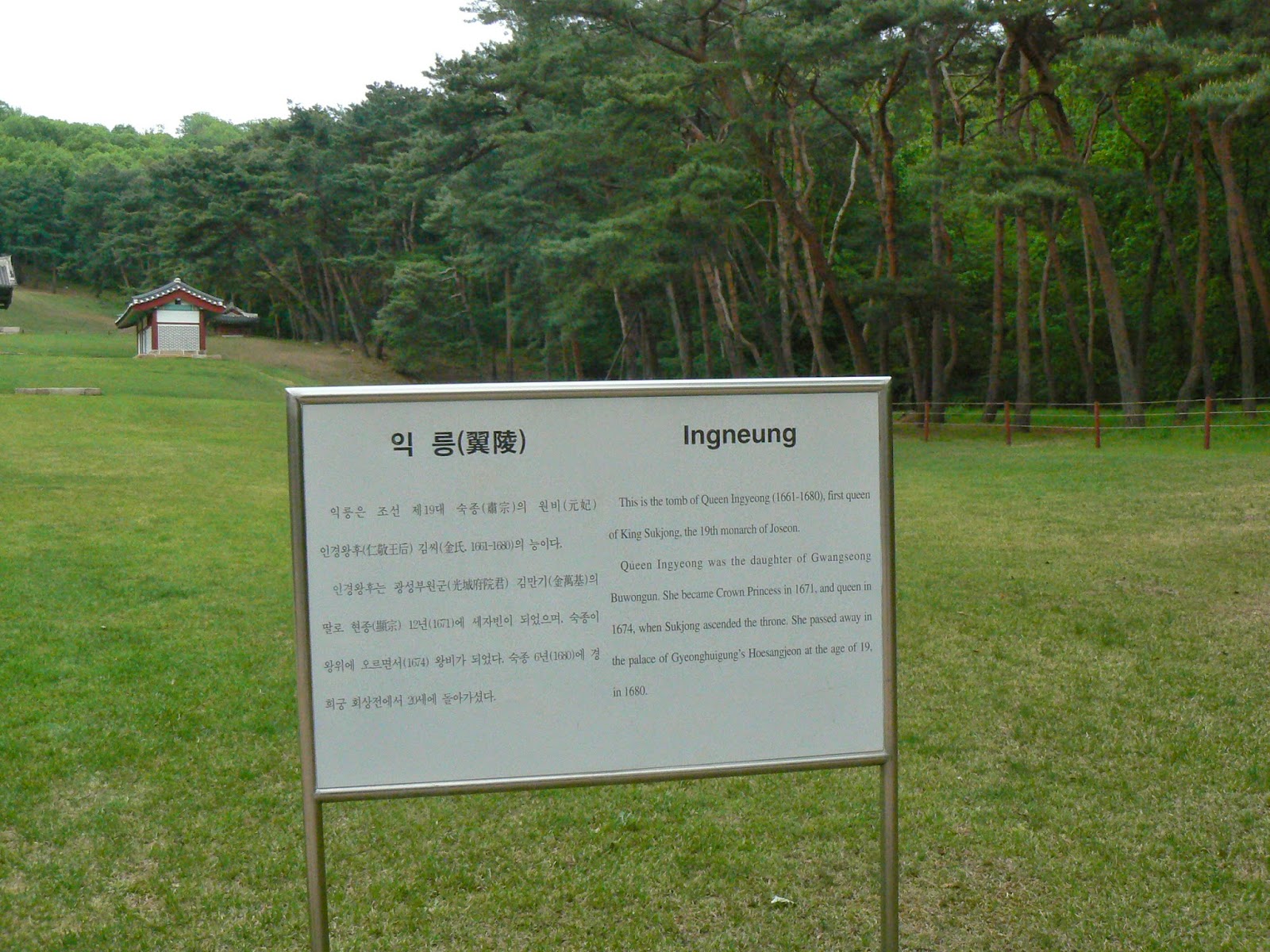2014년 5월 28일 수요일
Graveyard of a General, Kwon,Yool
<Graveyard of a General, Kwon,Yool>
Whenever we mention the history of our country,
we are used to say very proudly that we have five
thousands years' history.
Sure, during those long years, a number of dynasties
showed up and disappeared.
And each dynasty had its own admirable heroes.
The hero that I'd like to introduce is a general of
Chosun Dynasty (1392 A.D.~1910 A.D.), Whose
name is Kwon,Yool.
The General,Kwon,Yool was born in 1537 as a
youngest son in a prime minister's family.
He didn't like to study when he was young.
One day, one of his father's friends asked him a
question, but he couldn't answer it.
He felt shame on himself and began to study hard
afterward.
At the age of 46 he succeeded in a big examination that could help him to be a government official.
In 1592, Yimjin War (Japanese troops attacked
Chosun from 1592 through 1598) broke out when
he was 56 years old.
People all over the country gathered to fight against
their enemies. Kwon,Yool who directed the people
encamped at Haengju-sansung Fortress.
The Japanese troops couldn't win the people who
fought with do-or-die attitude.
One soldier reported the General, "All the arrows
we have are used up." At this report, Kwon,Yool
replied,"Fight with even stones!"
So all the women started to gather stones and
carried them in their skirts to the battlefield.
The skirts were getting worn out, then someone
shouted,"Let's wear new skirts over the old one!"
From then on, the skirt over a skirt has been called
haengju-chima, it is same as an apron in English.
Haengju-sansung battle was ended in a big victory
of Kwon,Yool's army. About 20,000 Japanese soldiers
were wounded or killed in that battle.
Over four hundred years have passed after his death.
Even so, the General Kwon,Yool is still being alive in
people's heart as a super hero.
ancestral rites performing in this traditional
house once a year
edge of the roof
stairs to the grave
2014년 5월 21일 수요일
A countryside of Korea
A countryside of Korea
A few days ago, a fellow of mine suggested to
pick mugwort near her house.
She is now living in a countryside.
The word of countryside sounds like she lives so far
from my town, but not at all.
We both lives in a suburban area. The difference
between two areas is just like this:
the place where I'm living is almost composed of
apartment complexes, and there aren't any big build-
-ings but small houses and fields in her village.
I'd never been to her house before,
and I wondered what does her village look like.
So I accepted her suggestion willingly.
It took me 10 minutes to go over there by car.
As I drove off the main street and into the side street,
a scene of a typical countryside was spreading out
before me.
empty rice field; seedlings will be planted
in a couple of days
mugworts ( a kind of herb ) among wild plants
People in Korea make rice cake, soup, or fermented juice
with it.
we can see many soldiers nearby, because this
area is in the north part of our country, facing the
North Korea.
acacia flower cluster
vegetable field of corn, green onion, garlic, potatoes,...
wild rose
tetterwort
Finally, I got to the fellow's house after gathering
mugwort together.
apricot tree boughs loaded with fruit in the front yard
flower garden
She is picking lettuce for me in her vegetable garden.
a forest beside her house
2014년 5월 14일 수요일
UNESCO World Heritage - the Royal Tombs, Seooneung
UNESCO World Heritage
- the Royal Tombs, Seooneung -
Yesterday, on the way home from hiking, I stopped by Seooneung
by accident.
Seooneung is the Royal Tombs of Joseon Dynasty (Korea),
which comprise 40 burial grounds of kings and queens of the Joseon
period (1392 ~ 1910 ).
It has been long after I came to see here first.
The first time was when I was a junior high school student.
Our school took a springtime field trip here.
At that time, lots of schools in Seoul chose this place, Seooneung,
for their field trip.
It was almost 40 years ago.
I'm now walking on the same road again.
And that reminds me of the memories of the past.
I miss those friends I've lost contact long ago ever since graduation
from the junior high school.
What's more, I'm glad to know that this Royal Tombs in
recognition of their outstanding universal value as a cultural legacy
of humanity have been inscribed in the UNESCO World Heritage List
on June 30th, 2009.
OK, let's start looking around here happily !!!
parking lot
being inside, sign post showing direction
Sunchangwon
This is the burial place of Crown Prince Sunhoe
(1551 - 1563), the eldest son of King Myeongjong,
13th monarch of Joseon, and his wife, Lady Yun.
The fence doesn't allow people to get close
to the tombs, which is on the hill.
Gyeongneung is the tomb of Deokjong (posthumous
title) and Queen Sohye (posthumous title), son and
daughter-in-law of King Sejo, the 7th monarch of Joseon.
the tomb of Queen Sohye
the tomb of Deokjong
Daebinmyo is the tomb of Jang Soui
Daebinmyo is smaller than other queen's
because she wasn't a queen.
Hongneung is the tomb of Queen Jeongseong,
the queen of King Yeongjo, 21st monarch of Joseon
the road leads to Hongneung
the whole scene of Hongneung
Changneung- the tomb of King Yejong, 8th
monarch of Joseon, and his second Queen Ansun
course 1 from Changneung to Ingneung
course 2
course 3
course 4
Ingneung - the tomb of Queen Ingyeong,
first queen of King Sukjong, 19th monarch of Joseon
getting closer to Ingneung 1
getting closer to Ingneung 2
getting closer to ... 3
...................... 4
.................... 5
looking back from inside Ingneung
the path leads to Sugyeongwon
Sugyeongwon, the tomb of Lady Yi,
concubine to Yeongjo
Myeongneung, the tomb of King Sukjong,
his second queen, Queen Inhyeon, and
his third queen, Queen Inwon
I couldn't get into Myeongneung, only looking
over the fence, because the time was over.
the wall between Seooneung and resident place
At present, the administrative area of Seooneung is over
1,600,000 squar meters.
피드 구독하기:
덧글 (Atom)






































































